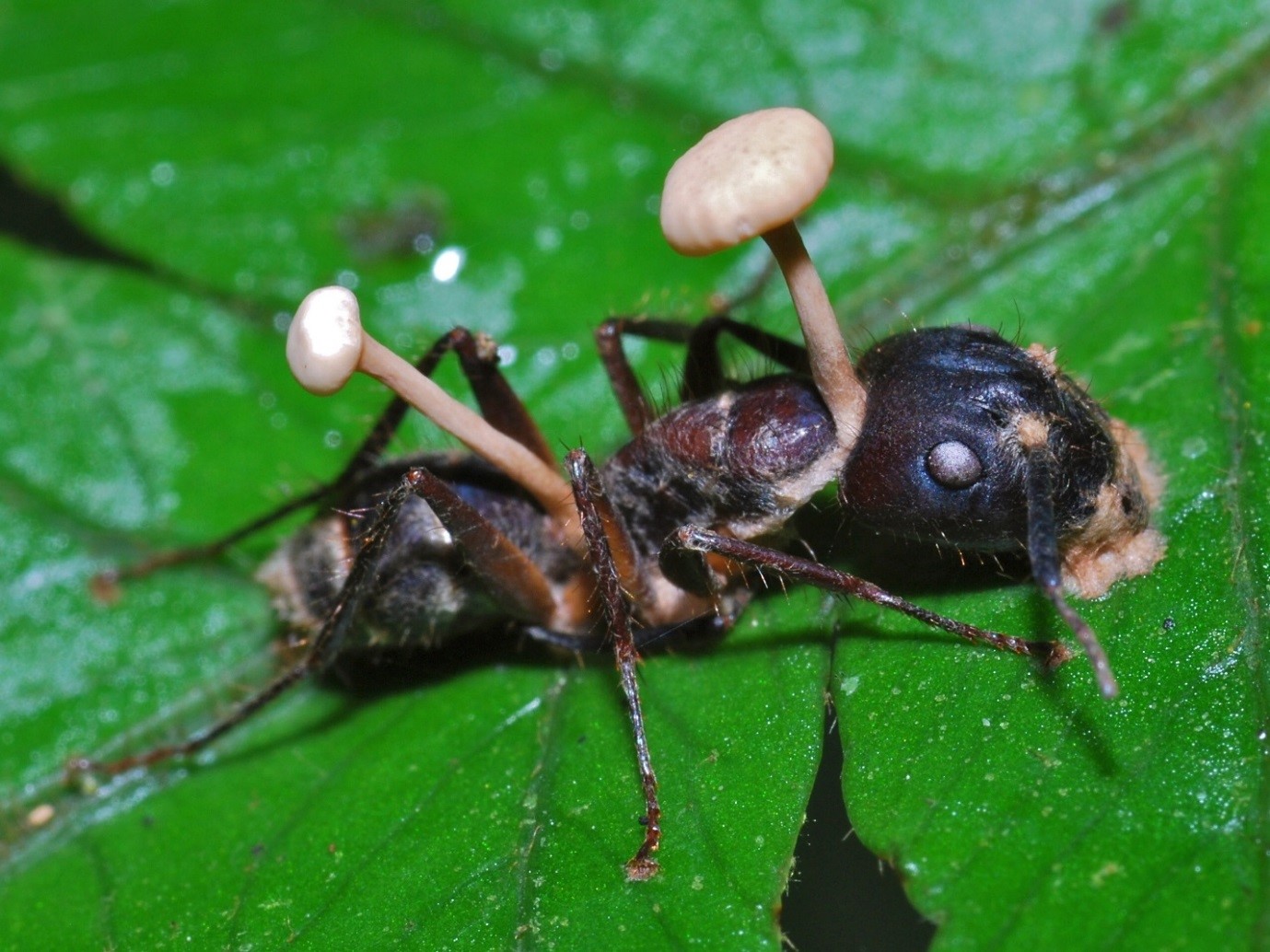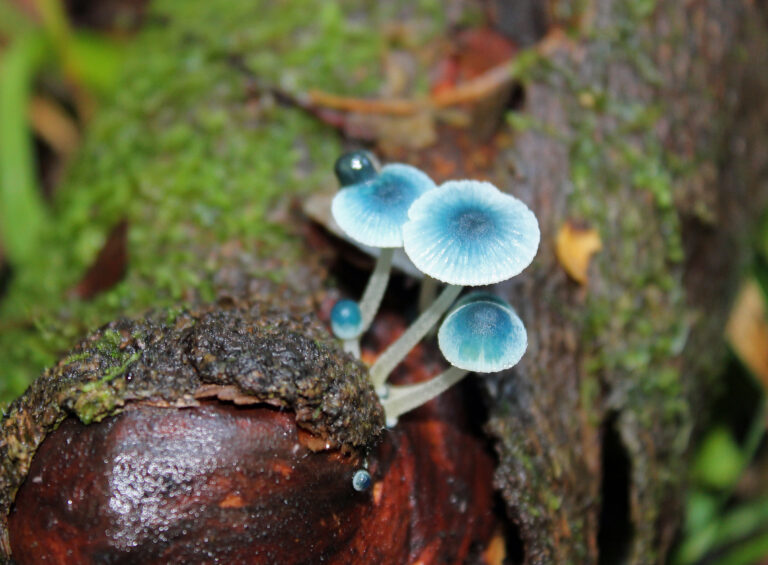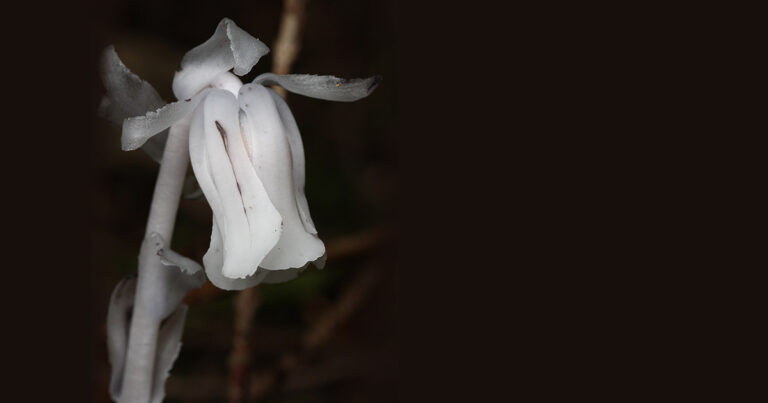The Fascinating World of the Zombie Ant Fungus: Ophiocordyceps unilateralis
In the intricate web of nature, few phenomena are as captivating as the relationship between the zombie ant fungus and its insect hosts. Known scientifically as Ophiocordyceps unilateralis, this parasitic fungus has garnered worldwide attention for its remarkable and somewhat macabre lifecycle. Let’s delve into the intriguing world of the zombie ant fungus and explore its remarkable process and impact on its host.
What is Ophiocordyceps unilateralis?
Ophiocordyceps unilateralis, commonly referred to as the zombie ant fungus, is a parasitic fungus renowned for its ability to manipulate the behavior of ants. Native to tropical forests, this fungus has evolved a highly specialized and complex lifecycle that effectively turns its ant hosts into “zombies.”
Lifecycle and Behavior Manipulation
- Infection: The lifecycle begins when an ant comes into contact with the fungal spores, which attach to the ant’s exoskeleton. The fungus then penetrates the ant’s body and begins to grow internally.
- Behavioral Control: As the fungus matures, it releases chemicals that alter the ant’s central nervous system, compelling it to climb vegetation. The infected ant will ascend a plant or tree and attach itself to the underside of a leaf or branch.
- Mummification: Once secured, the ant undergoes a process of mummification. The fungus continues to grow inside the ant, eventually killing it and using its body as a nutrient source.
- Fruiting Body: After the ant’s death, the fungus produces a spore-producing structure that emerges from the ant’s body. This fruiting body releases spores into the environment, which then infect other ants, continuing the cycle.
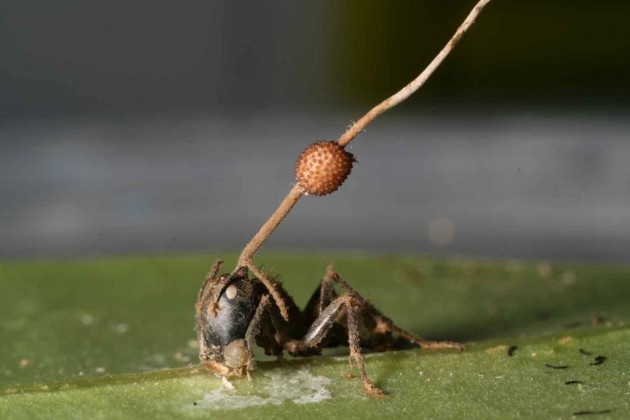
The Science Behind the Zombie Ant Fungus
Ophiocordyceps unilateralis showcases an extraordinary example of parasitism and behavioral manipulation in nature. The fungus’s ability to control its host’s actions is facilitated by its production of specific chemicals that influence the ant’s brain and nervous system. This parasitic relationship highlights the complex interactions between organisms and the evolutionary strategies that can arise from such interactions.
Impact on Ecosystems
The zombie ant fungus plays a role in regulating ant populations and contributes to the health of its ecosystem by controlling pest species. The presence of this fungus is an indicator of ecological balance within tropical forest environments. Additionally, research into Ophiocordyceps unilateralis provides valuable insights into fungal biology and parasitism, with potential applications in understanding other parasitic relationships and developing novel treatments.
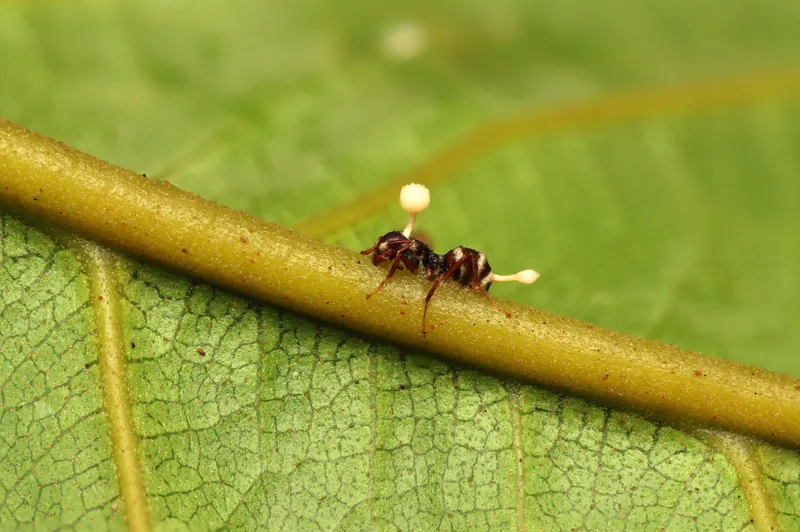
Fascination and Research
The zombie ant fungus has captivated scientists and the public alike due to its bizarre and dramatic life cycle. Researchers study this fungus to gain a better understanding of parasitic relationships, behavioral manipulation, and fungal biology. Its unique process of mummification and spore dispersal also serves as a subject of interest in evolutionary studies and biotechnology.
Conclusion
Ophiocordyceps unilateralis, the zombie ant fungus, stands as one of nature’s most extraordinary examples of parasitism and behavioral manipulation. Its complex lifecycle and impact on its ant hosts provide fascinating insights into the world of fungi and their interactions with other organisms. As research continues, the zombie ant fungus remains a compelling subject of study, showcasing the remarkable and sometimes eerie wonders of the natural world.
For more intriguing stories from the world of biology and nature, stay tuned to our blog!
